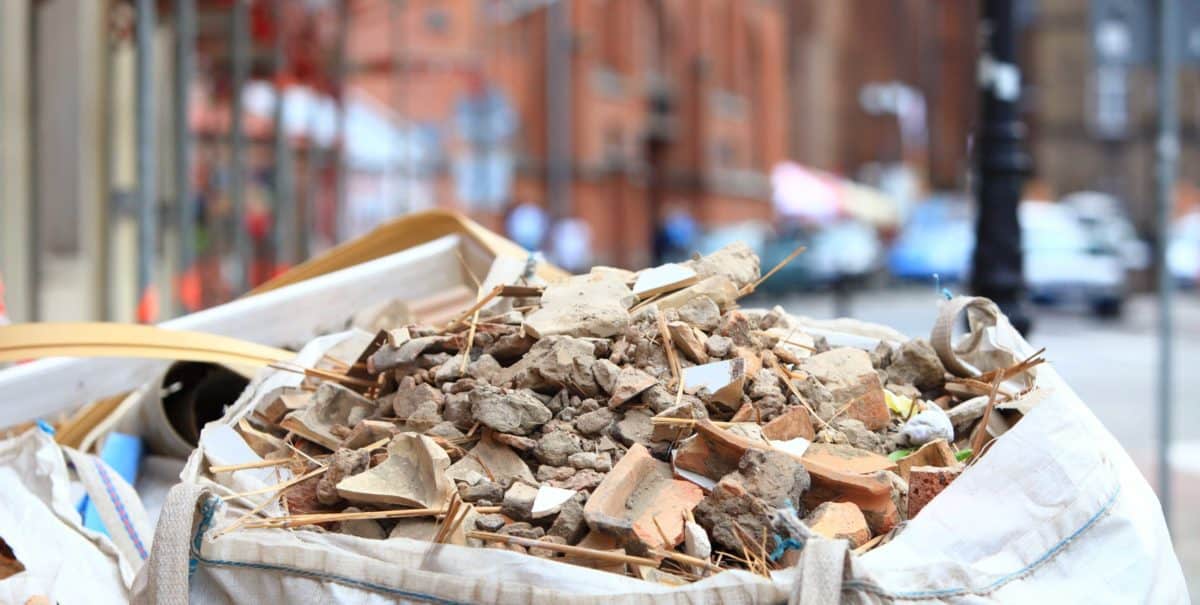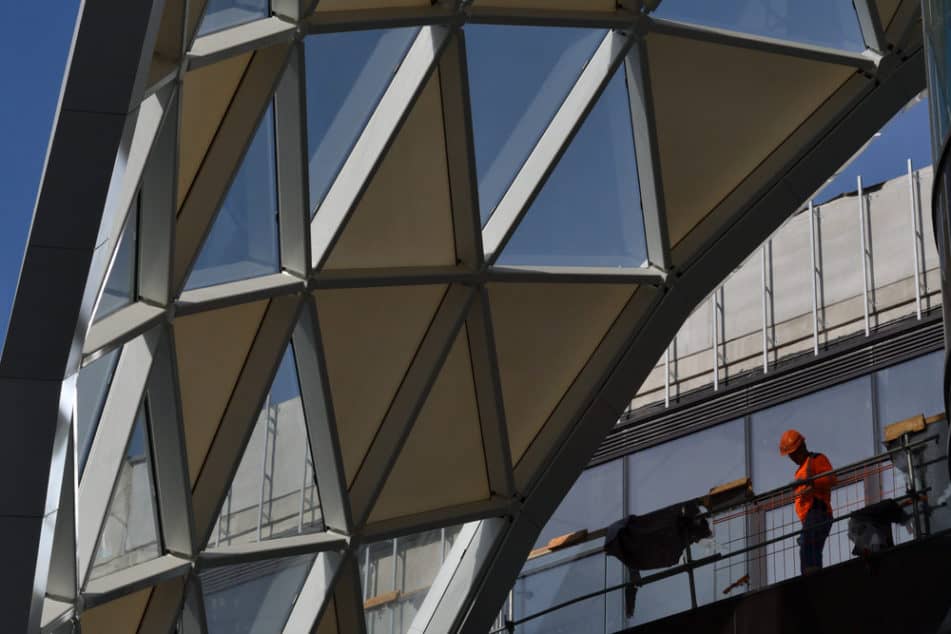
Reuse – the fourth pillar of the circular economy
4 minutes of reading
The idea of reusing materials resulting from renovation or demolition work is gaining momentum. It has to be said that it is very attractive since by reviving this age-old practice, there is indeed much to be gained – new means of recycling, low-cost materials, improved carbon footprint during activities, etc… The list is long. All that remains is to remove any barriers.

Reduce, redeploy, reuse, recycle are the 4 R’s of the circular economy. This initiative is avirtuous cycle and a lever for meeting the environmental objectives set by the Energy Transition Act. It offers the triple advantages of supporting the local economy, reducing the consumption of natural resources (including energy) as well as net waste emissions. It is in the process of changing practices profoundly in the building and construction sector.
Several initiatives are under way and some of them have gone beyond the experimental stage. However, even if there is interest in materials obtained from renovation or demolition work, Thierry Juif, the environment and eco-design manager at Bouygues Construction, observes that ‘the concept of the circular economy has put it in the spotlight. There is now an awareness and we are no longer working on the linear logic of extract, use and throw away. However, reuse is still at an experimental stage.’
 The ‘Maillerie’ project in the Lille metropolitan area, which is being conducted on a district level, is also significant. The former logistics site for Trois Suisses is going to be reconverted into a multi-purpose district. Here, reuse is also being tried out. ‘This type of project – a new district on a brownfield site – is ideal for avoiding the disposal of waste and optimising reuse’, explains Thierry Juif. As a result, demolished concrete is being reused as recycled aggregates to make new concrete. This is standard practice. The new use that the solid oak wooden flooring has found is however more unusual in Thierry Juif’s opinion. ‘Some of it has been resold to a manufacturer who will cut it to a thickness suitable for creating the top layer of laminated flooring using a blade which will slice it into five lengths! ’
The ‘Maillerie’ project in the Lille metropolitan area, which is being conducted on a district level, is also significant. The former logistics site for Trois Suisses is going to be reconverted into a multi-purpose district. Here, reuse is also being tried out. ‘This type of project – a new district on a brownfield site – is ideal for avoiding the disposal of waste and optimising reuse’, explains Thierry Juif. As a result, demolished concrete is being reused as recycled aggregates to make new concrete. This is standard practice. The new use that the solid oak wooden flooring has found is however more unusual in Thierry Juif’s opinion. ‘Some of it has been resold to a manufacturer who will cut it to a thickness suitable for creating the top layer of laminated flooring using a blade which will slice it into five lengths! ’
Reducing the carbon impact
There are, nevertheless, a few examples which demonstrate that the sector is developing fast. ‘We’re no longer at the lab stage, jokes Thierry Juif. One example is Gecina, a real estate company which manages a real estate portfolio in the region of Paris which totalled 19.3 billion euros at the end of 2018. ‘Based on a hugely positive experience during the renovation of the former PSA headquarters at 75 avenue Grande Armée in Paris (16), we have decided to use a circular economy approach in all our projects’, explains Sabine Desnault with satisfaction, Executive Director R&D, Innovation and CSR at Gecina. It is worth noting that reuse was one of the cornerstones of this renovation project. To achieve this, the group relied on the Cycle up platform, and she became expert in its use. She guided the project manager through the entire process, from the reuse audit, to support for the procurement of cleaning contracts, to the technical feasibility and the search for tenants. Ceiling tiles, acoustic panels, a digital board and even four toilet paper dispensers found a new home in a business facilitating reintegration into the workplace (Ares). What is more, light rigs and spotlights for the stage were salvaged by Sida, a solidarity association, for the Solidays festival. According to Sabine Desnault, this project demonstrated the feasibility of the initiative, as well as its contribution to reducing the carbon impact of projects. ‘We carried out a comprehensive life-cycle assessment, or carbon footprint, and we are trying to improve this further by working on reuse. ’
crédits photos : Véronique PAUL
Removing barriers
But – because there is a but – the idea of second-hand is not a given. ‘It is up to the client to commit to this initiative. All we can do is encourage them to do so and offer them second-hand materials, and create a market via the platforms which are emerging’. , explains Thierry Juif. This is in the knowledge that other questions will arise related to quality and security, as well as the insurability of projects, in particular in cases where structural materials have been reused. A whole raft of regulation must therefore be brought into line around the concept of re-use. Despite everything, the way ahead is clear for Sabine. ‘The barriers are numerous of course. They include the lack of networks, the lack of contact between stakeholders to promote its value, the economic aspect and what the impact will be in terms of cost on a project. It is up to us to see how these barriers can be removed, and we are forging ahead as fast as we can. ’Most read
More reading
Read also




What lies ahead? 7 megatrends and their influence on construction, real estate and urban development
Article
20 minutes of reading

